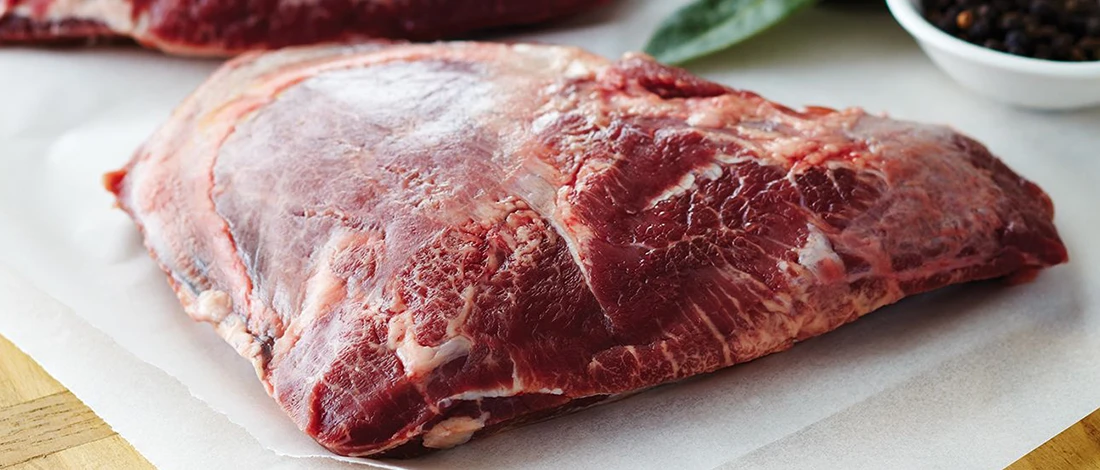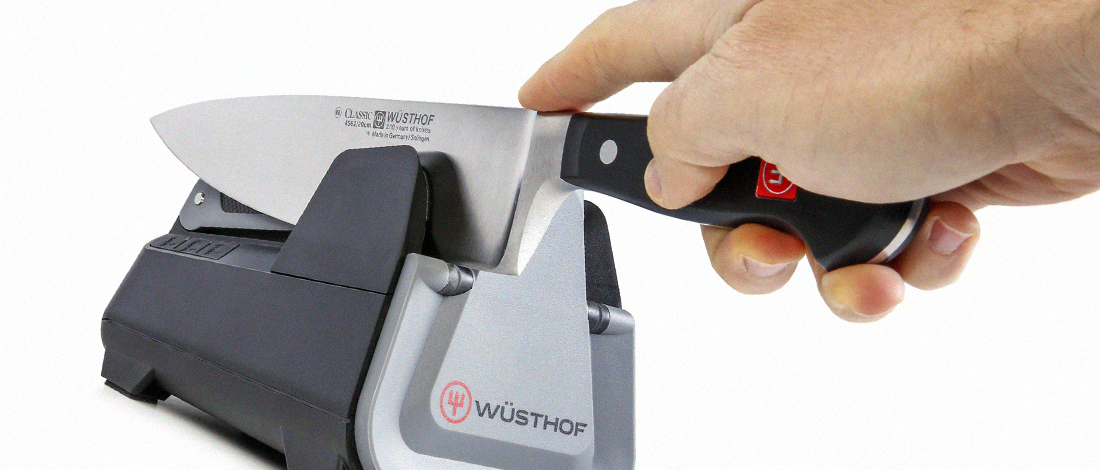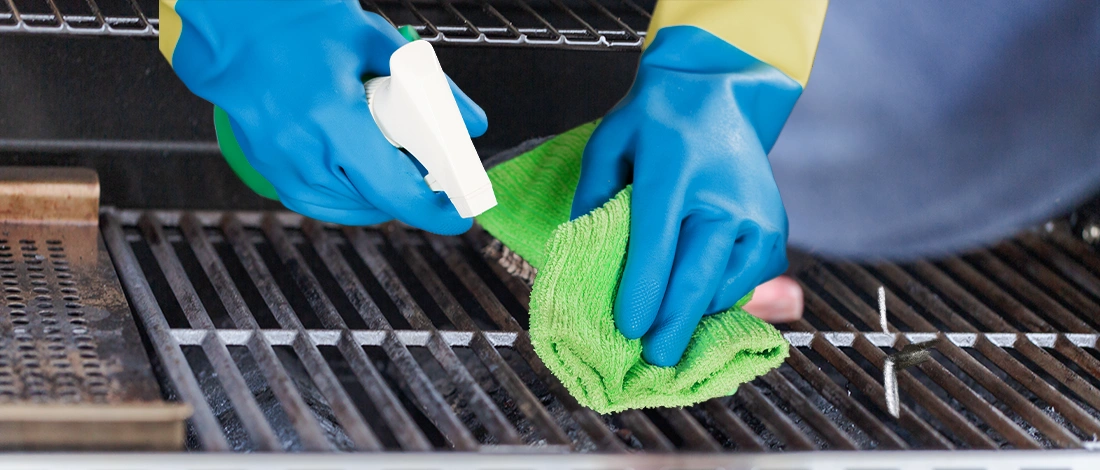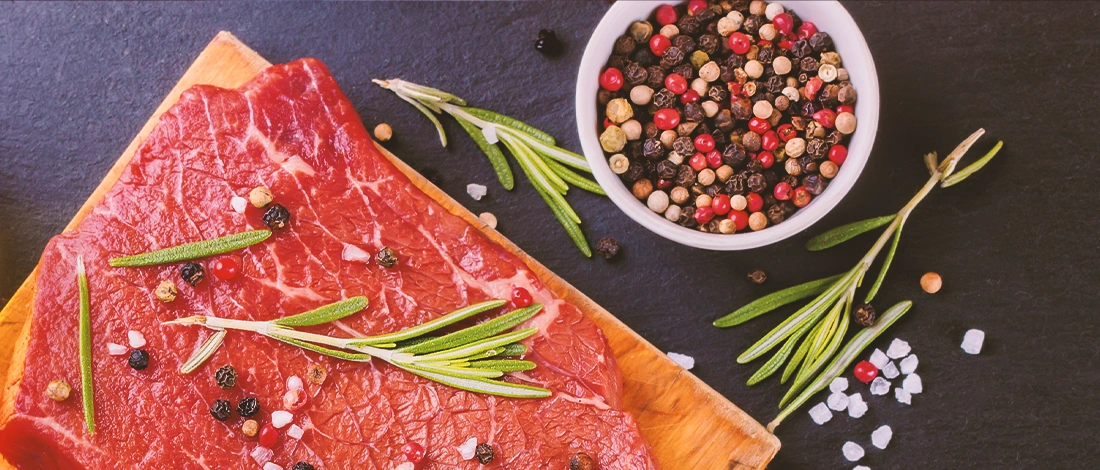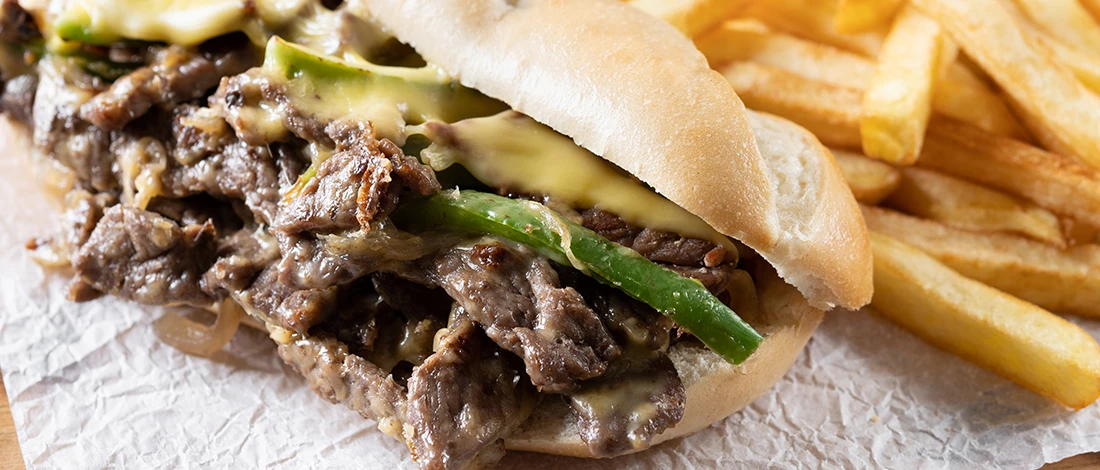As a long-time adherent to the carnivore lifestyle, I have encountered many questions about leftovers, especially how to reheat leftover turkey.
After the holidays, many of us have mountains of leftover turkey, but not everyone knows how to reheat it without it being dry, tasteless, or unsafe to eat.
Here, I will share the best methods for reheating turkey, expert tips and tricks on how to keep the turkey moist, and some important food safety considerations to keep in mind.
Quick Summary
- To reheat turkey, preheat oven to 325°F, place turkey in a roasting pan with some broth, cover with foil, and heat for 10 minutes per pound until it reaches an internal temperature of 165°F.
- The oven or stove is the best way to reheat meat while retaining moisture and minimizing overcooking.
- The microwave is not recommended for reheating this meat due to uneven heating and dryness.
5 Ways on How to Reheat Turkey in the Oven

The best way to reheat turkey is in the oven. This is the preferred reheating method since it mirrors the original cooking method and produces moist and flavorful meat.
Here's how to do it:
- Preheat your oven to 325°F.
- Place the leftover turkey slices or pieces in a baking dish, and cover them with aluminum foil to prevent drying out.
- Add a bit of chicken broth or turkey stock to the baking dish to help keep the meat moist during reheating.
- Bake the turkey in the oven for about 10 minutes per pound of meat or until the internal temperature reaches 165°F. This is the USDA-recommended minimum temperature for reheating fully cooked poultry to prevent foodborne illness [1].
- Remove the foil during the last 10-15 minutes of cooking to allow the skin to re-crisp. Serve with stuffing fresh from the oven.
5 Ways on How to Reheat Turkey on the Stove

The stove reheating method can be quick and convenient, especially for smaller portions or slices.
Here's how to do it:
- Place the leftover turkey pieces or slices in a skillet or pan over medium-high heat.
- Add a little butter or broth to the pan to prevent the meat from sticking and to add some moisture.
- Cover the pan with a lid or aluminum foil to trap the steam and help the turkey heat evenly.
- Cook the turkey, flipping it intermittently, until it reaches an internal temperature of 165 °F.
- Uncover the pan during the last few minutes of cooking to allow the skin to re-crisp.
Also Read: How Should I Cook a Turkey
5 Ways on How to Reheat Turkey in an Air Fryer

Air fryers are becoming increasingly popular for reheating leftovers, including turkey.
Here's how to do it:
- Preheat your air fryer to 350°F (180°C).
- Place the leftover turkey slices or pieces in a single layer in the air fryer basket without overcrowding.
- Cook the turkey in the air fryer for about 3-5 minutes per side or until it reaches an internal temperature of 165°F.
- Check to see if the turkey is hot enough. If not, continue cooking in two-minute intervals.
- Check for crispiness and adjust the cooking time to achieve the desired texture. Remember not to overcook the reheated turkey, as it can become dry this way.
"Leftover cooked meat may be stored in the refrigerator for up to three to four days. During this time, you can heat the leftovers to 165 °F."
- U.S. Department of Agriculture
Related Articles:
Reasons Why You Shouldn't Heat Turkey in the Microwave

Reheating leftover portions in a microwave is common, but it may not be the best method.
Here are some reasons you should avoid reheating turkey in your microwave:
- Microwaves heat food unevenly due to the way they distribute energy. Even in a microwave-safe container, this can result in some parts of the turkey becoming overcooked and dry while others remain undercooked.
- Turkey reheated in the microwave may not always reach the necessary internal temperature to kill harmful bacteria that could cause illness.
- Microwaves can quickly overcook delicate meats like turkey breast, resulting in a dry bird. It can be challenging to control the exact temperature in the microwave, increasing the risk of ruining the leftover turkey by having it a bit overcooked.
If you must use the microwave as your method for reheating leftovers, put it on low power and cover the meat with a paper towel. Cook only a single serving at a time.
Steps to Re-crisp Turkey Skin

One of the best parts of roasted turkey is the crispy skin. However, if you decide to reheat leftover turkey in the microwave or slow-cooker, the skin can become limp and lose its crunchiness.
That said, there are ways to re-crisp the skin and bring back that delicious texture.
Here are the two methods:
- Oven Method: Preheat your oven to 375°F. Remove the turkey skins, arrange them fat-side down in one layer on a baking sheet lined with parchment paper, and sprinkle them with salt and pepper. Bake in the oven for 5-10 minutes until well browned and crispy.
- Pan-Fry Method: Heat a pan over medium-high heat and add oil or butter. Place the turkey skin-side down and cook for a few minutes until it becomes crispy. Flip it and cook for a few more minutes on the other side.
Storing Turkey

If you have Thanksgiving leftovers and want to store them for future use, it's essential to do so safely to avoid foodborne illness.
Here are some tips for keeping turkey:
- Place the leftover turkey in a sealed container or wrap it tightly in aluminum foil or plastic wrap. Store it in the refrigerator for up to 3-4 days. Ensure the refrigerator temperature is set to 40°F or below to keep the turkey safe to eat [2].
- If you want to store turkey leftovers for a more extended period, you can freeze them. Wrap it tightly in plastic wrap or aluminum foil, and place it in an airtight container. Remove as much air as possible, label it with the date, and store it in the freezer for up to 3 months.
- When thawing the frozen turkey, do so in the refrigerator to ensure safe thawing and minimize the risk of bacterial growth.
Rehydrating Turkey

If you have leftover turkey breast meat that has become dry after reheating or storing, you can rehydrate it to make it more palatable.
Here are some methods for rehydrating turkey leftovers:
- Place the dry turkey in a baking dish and pour some broth or gravy over it. Cover the dish with foil and warm it in the oven at 350°F for 10-15 minutes, or until the turkey absorbs the gravy and becomes moist. You can also use cranberry sauce to add moisture after it is heated.
- Another way to rehydrate turkey meat is to add butter, barbecue sauce, teriyaki sauce, or any other type of sauce or marinade you prefer. Place the turkey in a baking dish, coat it with the sauce or marinade, and warm it in the oven at 350°F for about 10-15 minutes, allowing the turkey to absorb the flavors.
FAQs
Can I Cook Turkey Day Before and Reheat It?
Yes, you can cook the turkey a day before and reheat it. Use one of the recommended reheating methods - in the oven, on the stovetop, or in the air fryer - and ensure that the meat's internal temperature is 165°F before serving.
How Many Times Can You Reheat Turkey?
You should only reheat turkey once. Reheating it multiple times can increase the risk of foodborne illness and flavor degradation, so it's best only to reheat the amount of leftovers you will consume in one sitting.
Can You Smoke a Turkey a Day Ahead?
Yes, you can smoke a turkey a day ahead. Smoking turkey results in juicy cooked meat and is usually a better choice than the traditional roasted turkey, which often turns out dry.
However, smoking a day ahead can change the turkey’s texture, so it won’t look as nice on your table.
Can You Smoke a Turkey Halfway and Finish Later?
No, you can’t smoke a turkey halfway and finish later. The bacteria present in the meat may not be destroyed if you cook partially. You can only cook partially if you plan to finish cooking the turkey properly on the grill.
References:
- https://www.usda.gov/media/press-releases/2021/11/17/keep-your-thanksgiving-full-turkey-and-free-foodborne-illness
- https://ask.usda.gov/s/article/How-do-you-thaw-food-safely

